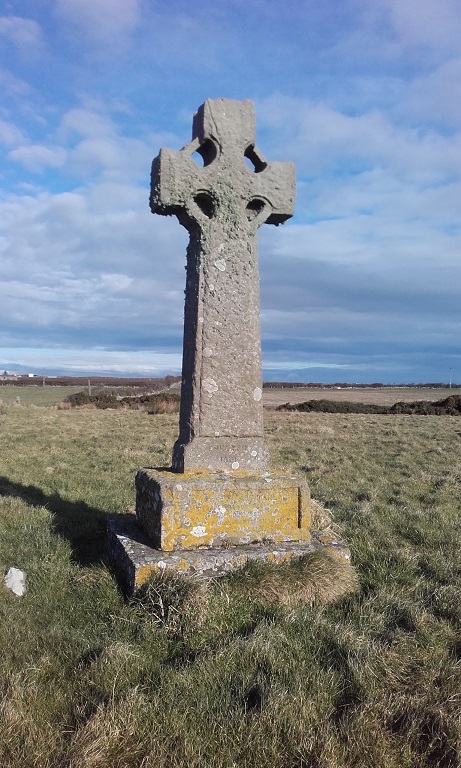Originally published in the Sinclair’s Bay Trust Community Newsletter #3
When Wick River Ran Red!
The Earl of Caithness, some time before his death, in 1675, having no male heir to succeed him, and being in financial strife, sold his property, title and all, to Lord Glenorchy.
George Sinclair of Keiss disputed Glenorchy’s right to the title, and more especially to the lands of Northfield and Tister, which he had inherited from his father. The claims of both were submitted to the most eminent lawyers in Scotland and once deliberations were complete, they had ruled in favour of Glenorchy. Sinclair, however, paid no attention to the interdict, and retained possession of the lands, which he still claimed as his.
Locals were on the side of George Sinclair with Glenorchy being looked on as someone who had taken full advantage of the late Earl’s financial position. Glenorchy, through an Act of the Privy Council, raised an army to invade Caithness and reclaim what he saw as rightfully his.
In July 1680 Glenorchy reached Caithness with, according to conflicting reports, between 700 and 1100 men. Sinclair, aware of the impending invasion had assembled between 800 and 1500 followers. Again, reports vary as to how many men were involved on Sinclair’s side, however, it was noted at the time that many were old men and of the remaining, all were untrained and lacked any military tactics.
The parties met near Stirkoke but Glenorchy declined battle due to fatigue of the long march and withdrew to the hills of Yarrows.
Glenorchy was a wily man and knew that whisky was the nectar of Caithness. Mysteriously, a ship laden with this nectar of the angels floundered on the shore at Wick with its contents made a prize which was quickly indulged in by Sinclair’s men, taking the edge off their battle readiness.
Early the next morning Glenorchy crossed the river of Wick below Sibster, news of which quickly reached Wick where Sinclair’s men mustered with great difficulty.
Glenorchy had intended to head to Keiss, but seeing the Sinclairs advance he prepared for battle. 500 of his men were readied 200 yards up the river from the burn of Altimarlach. The burn has steep banks on each side producing a deep gully. The remainder or Glenorchy’s men concealed themselves in this gully.
Sinclair’s men, taking the higher ground, didn’t see the hidden men, waiting.
The onset of the Campbells was furious and Sinclair’s men quickly gave way heading towards Altimarlach Burn. The hidden Highlanders started their ambush with a savage roar and met Sinclair’s men head-on. Being thus pressed front and rear, the Sinclair’s made a rush for the river. The Campbells chased them into the water as they attempted to escape and cut down the men with battle-axe and broadsword such that it is said they passed dry shod over their dead bodies and the river in Wick ran red that day.
The battle did not last long and was as bloody as it was brief. George Sinclair himself made his escape on horseback along with the other Sinclair leaders.
Two well-known piping tunes, “The Campbells are Coming,” and “Lord Breadalbane’s March” were composed during the march to Wick by Finlay Maclvor, Glenorchy’s Piper. The latter played for the first time at Altimarlach.
Eventually George Sinclair secured his claim to the title of Earl of Caithness, and obtained full possession of his inheritable property. It was over-ruled that the sale of the earldom was an illegal transaction. Glenorchy was for about six years Earl of Caithness. As a compensation for the loss of his title, he was created Earl of Breadalbane, and Baron of Wick.

